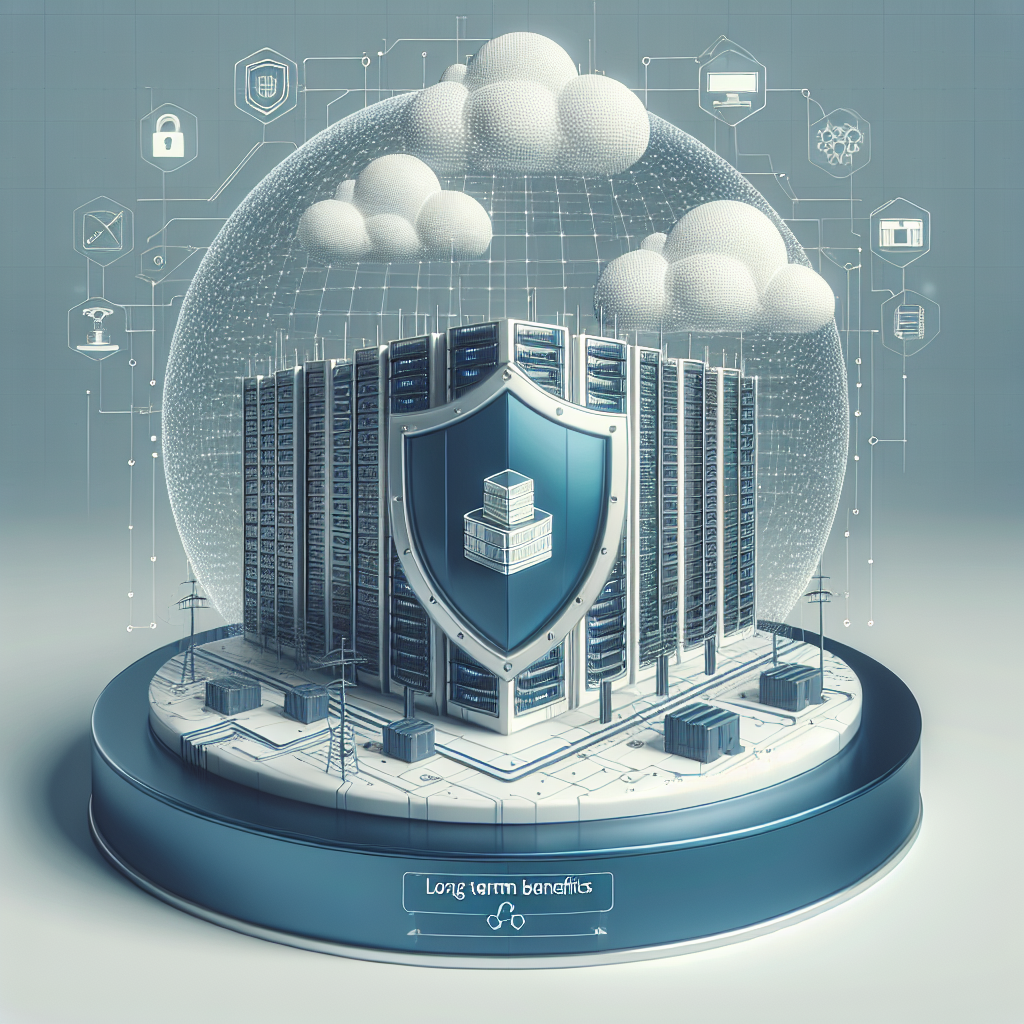Your cart is currently empty!
Investing in Resilience: The Long-Term Benefits of a Robust Data Center Infrastructure

In today’s digital age, data centers play a crucial role in storing, processing, and managing vast amounts of information for businesses of all sizes. As reliance on technology continues to grow, it has become increasingly important for organizations to invest in resilient data center infrastructure that can withstand potential disruptions and ensure continuous operations.
Investing in resilience means building a data center infrastructure that is designed to withstand unforeseen events such as power outages, natural disasters, cyber attacks, and hardware failures. By implementing robust backup systems, redundant power supplies, and disaster recovery plans, organizations can minimize downtime and ensure that critical data and applications remain accessible at all times.
While the upfront costs of building a resilient data center infrastructure may seem daunting, the long-term benefits far outweigh the initial investment. Here are some of the key advantages of investing in resilience:
1. Minimized Downtime: One of the most significant benefits of a resilient data center infrastructure is the ability to minimize downtime. By implementing redundant systems and backup solutions, organizations can ensure that their operations remain uninterrupted even in the event of a disaster or technical failure. This can save businesses valuable time and money by preventing costly disruptions to their operations.
2. Enhanced Security: A robust data center infrastructure is essential for protecting sensitive information and ensuring data security. By implementing advanced security measures such as firewalls, encryption, and access controls, organizations can safeguard their data from cyber threats and unauthorized access. This not only helps to protect the organization’s reputation but also ensures compliance with data protection regulations.
3. Scalability and Flexibility: Investing in resilience allows organizations to scale their data center infrastructure to meet the growing demands of their business. By implementing modular solutions and flexible architecture, organizations can easily expand their data center capacity as needed without disrupting operations. This scalability ensures that businesses can adapt to changing market conditions and technological advancements.
4. Improved Efficiency: A resilient data center infrastructure is designed to optimize energy consumption and reduce operating costs. By implementing energy-efficient solutions such as virtualization, cooling systems, and power management tools, organizations can lower their carbon footprint and save money on utility bills. This improved efficiency not only benefits the environment but also contributes to the organization’s bottom line.
In conclusion, investing in resilience is essential for organizations looking to ensure the continuous availability of their data and applications. By building a robust data center infrastructure that can withstand potential disruptions, organizations can minimize downtime, enhance security, and improve efficiency. While the upfront costs may be significant, the long-term benefits of investing in resilience far outweigh the initial investment. Ultimately, organizations that prioritize resilience will be better equipped to adapt to the evolving digital landscape and secure their competitive advantage in the long run.

Leave a Reply